The Top 10 Most Common Electrical Problems in Homes and How to Avoid Them
Electricity is an essential part of our daily lives. We use it to light our homes, power our appliances, and stay connected to the digital world. However, our dependence on electricity also means that electrical problems in the home can lead to serious safety hazards. Electrical problems can cause fires, electrical shocks, and even lead to death. In this blog post, we will identify the top 10 most common electrical problems in homes and give some tips on how to avoid them.
Faulty Wiring
Faulty wiring is one of the most common electrical problems in homes. It can cause damage to appliances, frequent power outages, and create a fire hazard. To avoid this issue, it’s essential to hire a licensed electrician to inspect and repair any faulty wiring in your home.
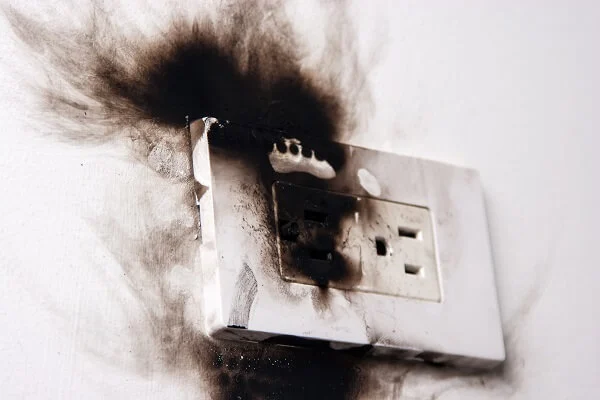
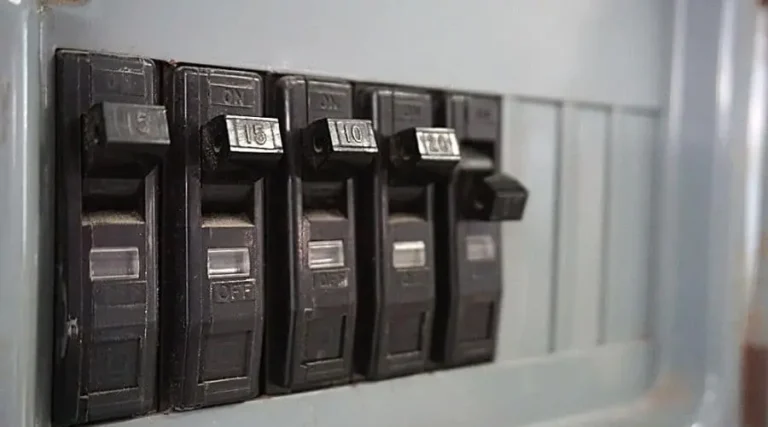
Tripping Circuit Breakers
If your home’s circuit breaker keeps tripping, it’s a sign that there’s a problem with your electrical system. The most common cause is overloading the circuit with too many devices or appliances. To prevent this, you should reduce the number of devices and appliances plugged into one outlet or circuit and avoid plugging in power-hungry appliances such as space heaters and air conditioners.
Flickering Lights
Flickering lights can be a nuisance and a sign of a more serious electrical problem. The most common cause of flickering lights is a loose or faulty connection in your electrical system. To avoid this, you should hire a licensed electrician to repair any faulty connections and replace any damaged wires.
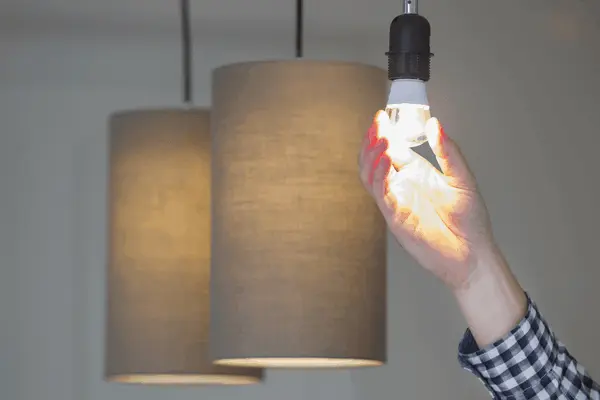
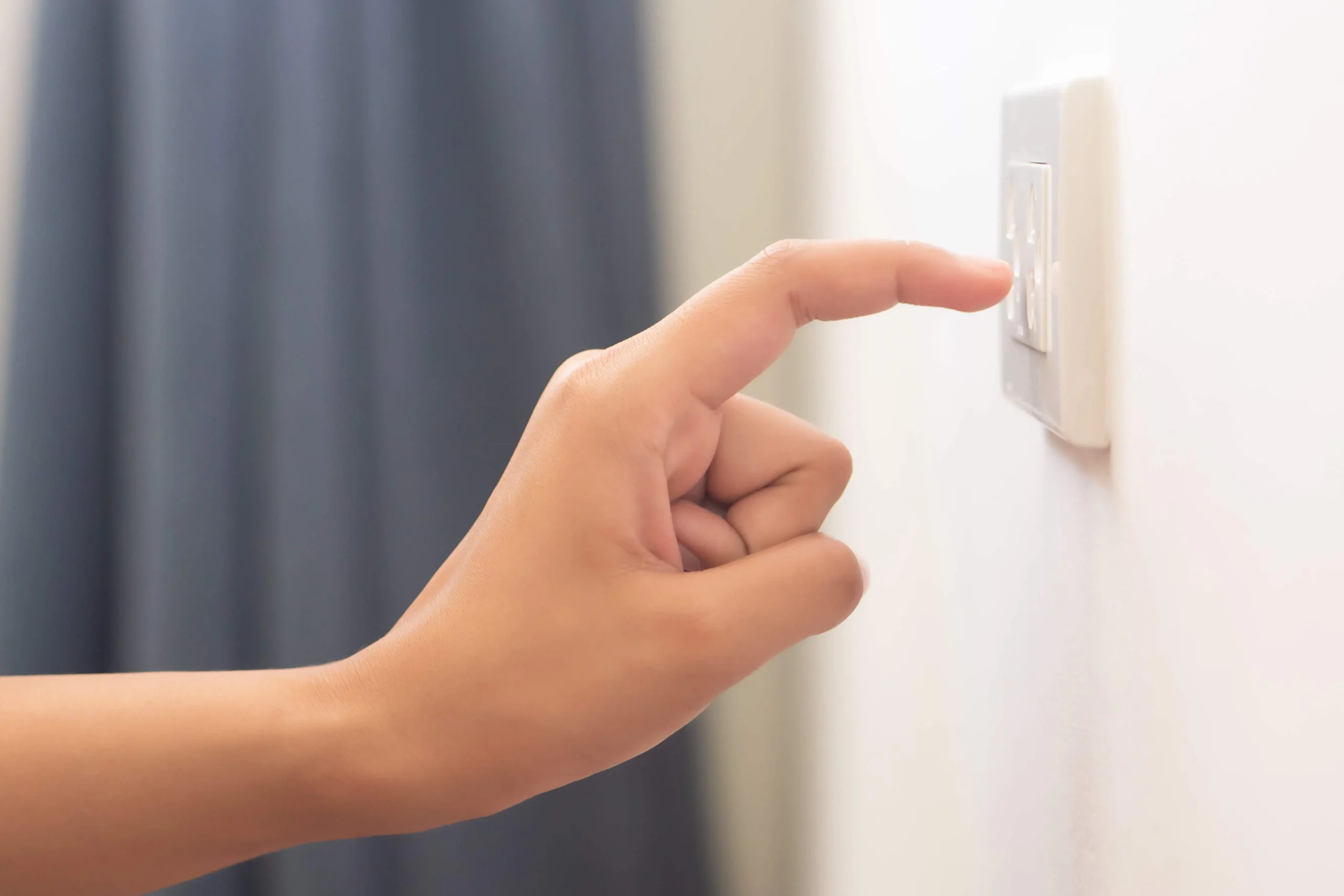
Electrical Shocks
Electrical shocks can occur when there’s a problem with your home’s electrical system. The most common cause is faulty wiring or damaged outlets. To avoid this, you should hire a licensed electrician to inspect and repair your home’s electrical system.
Overloaded Circuits
Overloading circuits can cause circuits to trip and wires to become hot and even melt. It is essential to distribute appliances all over your house so the electrical flow is balanced.
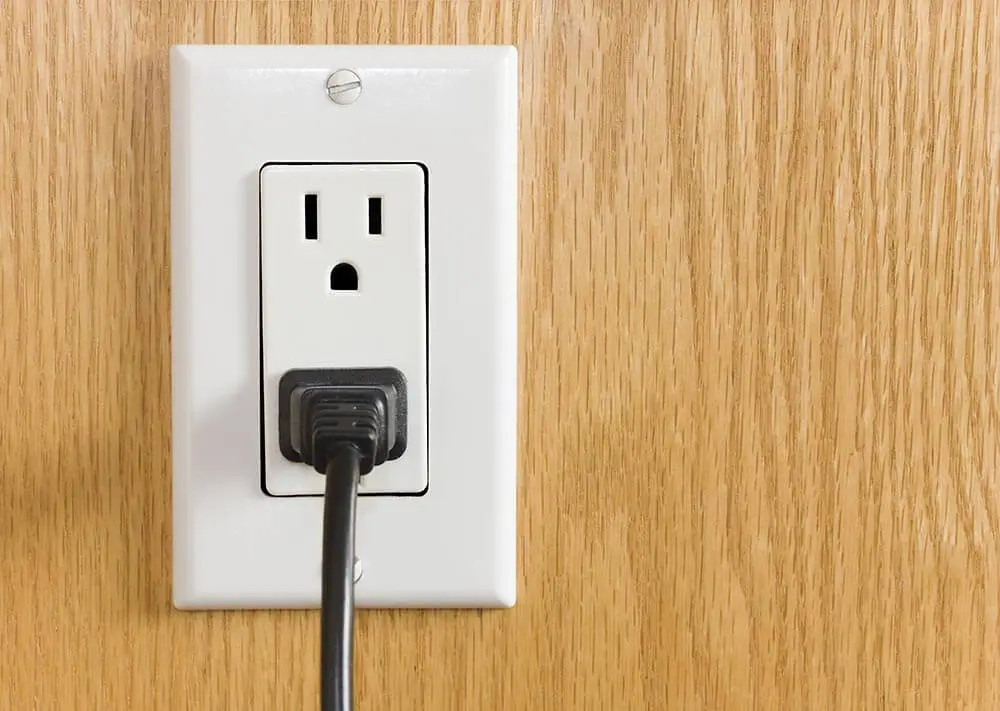
Dead Outlets
Dead outlets can be very frustrating and are usually a sign of a larger electrical problem. A loose or faulty circuit connection is usually the main cause of that. Hiring an electrician to look into the problem would help locate the underlying issue and ensure that the house is safe.
High Electricity Bill
A sudden spike in your electricity is often caused by several electrical devices running at once. Switch off appliances when not in use, replace older bulbs with LED bulbs, unplug devices when not required, and use air conditioners and heaters efficiently can help save energy and money.
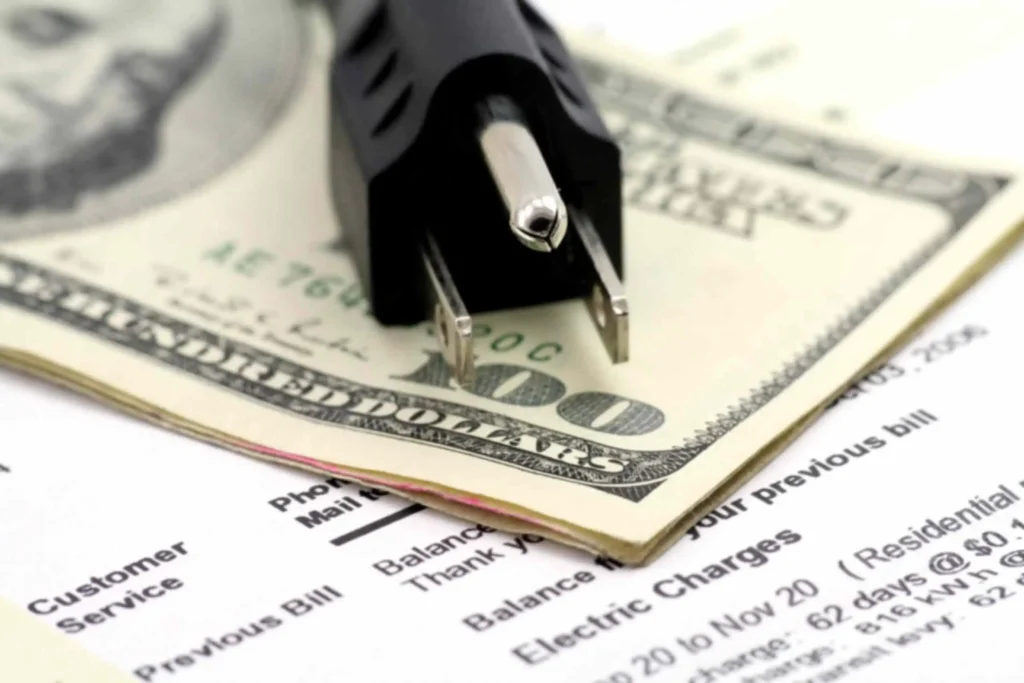
Electric Surge
An unexpected electric surge can permanently destroy electrical appliances when unmonitored. Installing a surge protector can help in case of an electric surge.
Electrical Fires
Electrical fires are common reproductions of electrical faults in homes. Faulty wiring or distribution of wiring can also trigger an electrical fire. To avoid electrical fires, it’s crucial to conduct regular checks and employ electricians to fix any looming electrical issues.
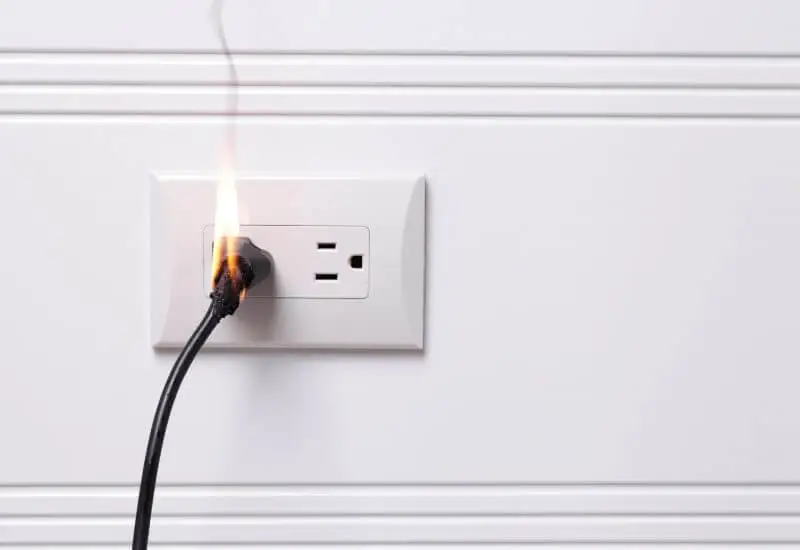
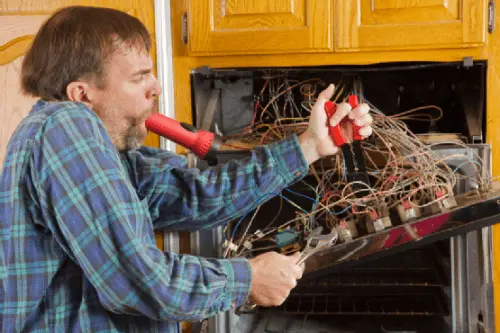
DIY Electrical Repairs
Though attempting a DIY repair may seem like a good idea, it might expose your home to eletrical risks if not done correctly. Leave electrical repairs to licensed and professional electricians.
Electrical problems in homes are serious safety hazards that require immediate attention. It is essential to visually inspect the wiring and hire licensed professionals to ensure your house’s electrical safety standards. To avoid expensive electrical repairs, it is best to conduct routine professional checks at regular intervals. Additionally, it’s essential to be conscious with the use of the electrical appliance and always be mindful not to overload circuits or attempt DIY repairs. Electrical faults can have catastrophic impacts, and ensuring your home’s electrical safety is a top priority.
